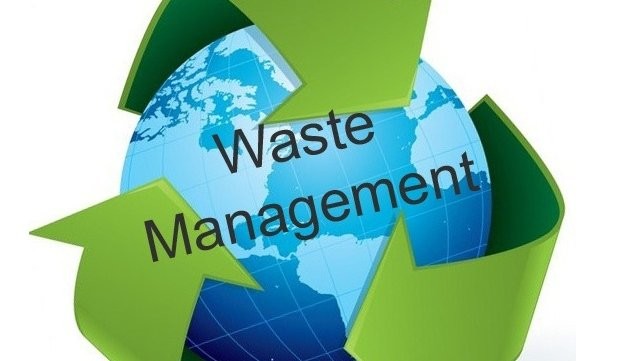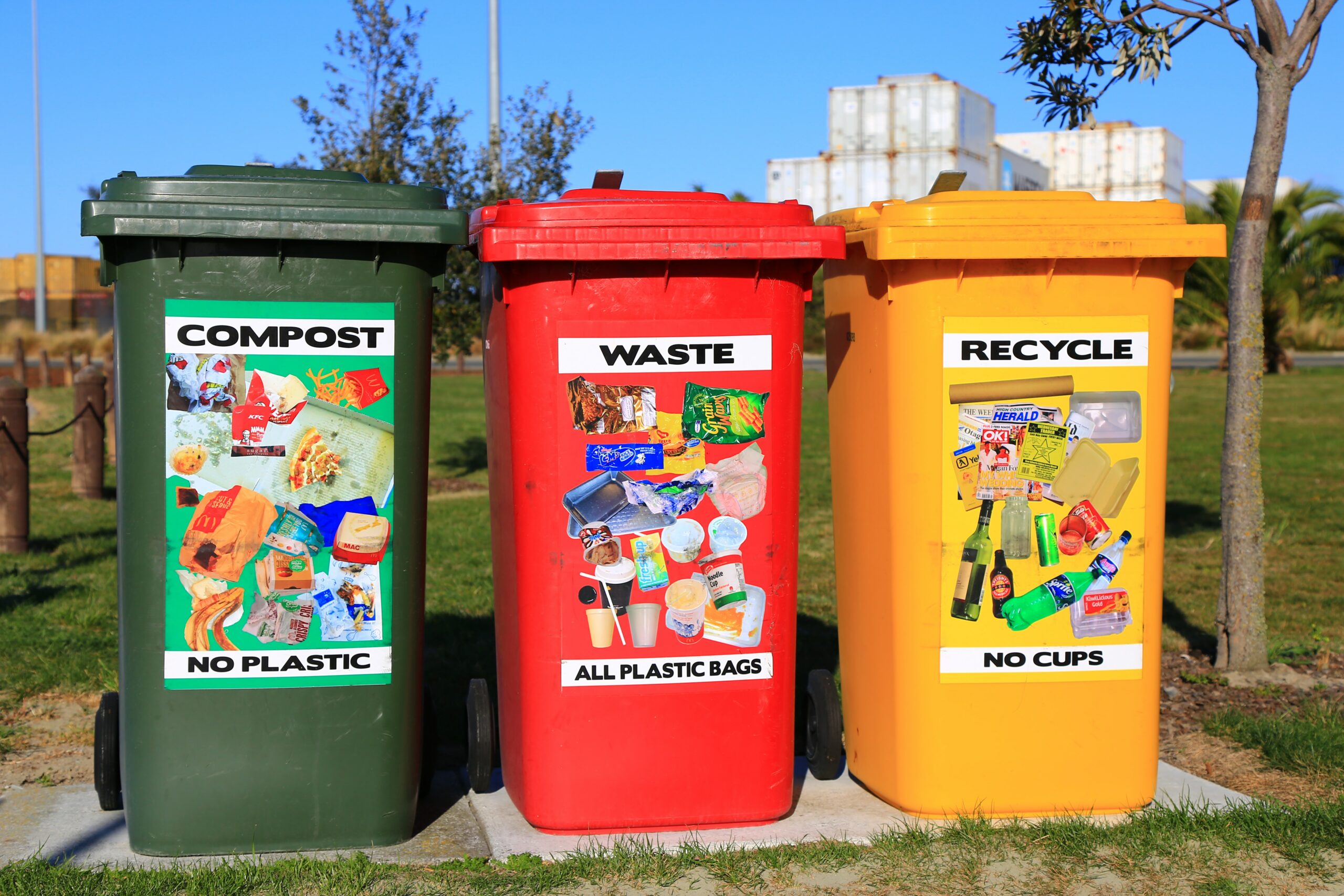Exactly How Recycling Lives Services Make a Distinction in Sustainable Waste Monitoring
Exactly How Recycling Lives Services Make a Distinction in Sustainable Waste Monitoring
Blog Article
Comprehending the Classification and Handling of Various Kinds of Waste
Reliable waste administration is essential for environmental sustainability, calling for a comprehensive understanding of the classification and handling of numerous waste types. Home waste, commercial byproducts, harmful materials, electronic refuse, and natural remnants each require distinct methods to make certain safety and security and decrease environmental damage. Carrying out right partition, treatment, and disposal methods is essential to reduce negative ecological impacts and advertise source conservation. The composting of organic waste contrasts greatly with the intricate procedures needed to take care of dangerous materials. This complex strategy to throw away management emphasizes its complexity and the crucial requirement for specialized knowledge in this domain.

Family Waste
House waste, encompassing a broad array of thrown out materials created from day-to-day living tasks, stands for a considerable component of the overall waste stream - recycling lives services. This category consists of natural waste such as food scraps, lawn clippings, and paper items, alongside inorganic materials like plastics, metals, and glass. The diverse nature of family waste requires effective classification and administration to minimize environmental impact and promote sustainable living practices
Efficient family waste administration begins with segregation at the resource, promoting recycling, composting, and secure disposal. Organic waste, for circumstances, can be composted to create nutrient-rich dirt changes, minimizing landfill burden and enhancing dirt wellness. Recyclable materials, including paper, glass, and certain plastics, can be processed and repurposed, conserving resources and reducing energy consumption linked with brand-new product manufacturing.
In addition, harmful home waste such as batteries, electronic devices, and cleansing chemicals calls for specialized managing to stop soil and water contamination. Public recognition projects and practical disposal choices play essential duties in making sure appropriate disposal and recycling of these materials. By implementing robust waste reduction techniques and cultivating neighborhood participation, districts can significantly reduce the environmental impact of house waste.
Industrial Waste
Industrial waste, a major contributor to international waste generation, includes a varied variety of materials produced by manufacturing, building and construction, and other industrial activities. Reliable management of commercial waste is vital for lessening ecological impact and promoting lasting practices.
The handling of hazardous waste generally includes several processes: collection, treatment, disposal, and segregation. Collection systems are created to successfully gather waste products from various sources within an industrial operation. Partition is critical, as it makes certain recyclable materials are separated from non-recyclable ones, which can be directed in the direction of appropriate recycling or disposal channels. Treatment procedures, including physical, chemical, and biological methods, are used to decrease the toxicity, quantity, and environmental impact of the waste. Ultimately, disposal techniques like landfilling or incineration are made use of for waste that can not be reused or treated.
Adopting techniques such as waste minimization, source recovery, and recycling can substantially reduce the burden of industrial waste on the environment, adding to even more sustainable commercial methods.
Contaminated Materials

Corrosive wastes can harm or destroy living materials and tissues. Flammable wastes can conveniently Visit This Link stir up, posing fire hazards, while reactive wastes can cause explosions or release poisonous gases upon call with various other substances.
Reliable hazardous waste management entails numerous essential practices: recognition and partition of dangerous materials, safe transport and storage space, and suitable therapy and disposal. Treatment approaches may consist of chemical stabilization, neutralization, and incineration. Regulative conformity is essential, guided by frameworks such as the Source Preservation and Recovery Act (RCRA) in the United States, which guarantees environmentally audio and risk-free monitoring of contaminated materials.
Digital Waste
Electronic waste, frequently abbreviated as e-waste, stands for an expanding difficulty in waste administration because of the rapid obsolescence of technology. This group encompasses a wide range of discarded electronic gadgets, including mobile phones, computers, televisions, and household devices. The intricacy of e-waste lies in its composition; these items consist of a blend of beneficial products such as gold and copper, as well as hazardous compounds like lead, mercury, and cadmium.

Regulations and regulations, such as the European Union's Waste Electronic and electric Devices (WEEE) Directive, purpose to promote responsible e-waste administration. find out These plans mandate makers to help with the collection and recycling of digital items, thus minimizing the concern on garbage dumps and reducing ecological contamination.
Organic Waste
Organic waste, encompassing naturally degradable materials such as food scraps, yard trimmings, and agricultural residues, constitutes a significant section of the local solid waste stream. This kind of waste is noteworthy not only for its volume yet also for its possible environmental impact if not handled properly. Organic waste can decay anaerobically in land fills, creating methane, a potent greenhouse gas adding to climate adjustment.
Correct handling of organic waste involves numerous techniques. Additionally, diverting food waste from land fills via donation programs can reduce food instability while lessening waste.
Municipalities and companies are progressively recognizing the relevance of organic waste administration. Applying thorough natural waste recycling programs not just alleviates ecological effects but additionally lines up with broader sustainability objectives, advertising a round economic climate where resources are constantly reused and repurposed.
Final Thought
Efficient waste administration and ecological security require a thorough understanding of the classification and handling of numerous waste types. Applying appropriate techniques for each waste kind guarantees secure and liable waste administration practices, inevitably adding to the security of ecosystems and public wellness.
Efficient waste administration is critical for environmental sustainability, needing a detailed understanding of the category and handling of different waste types.Household waste, including a broad selection of disposed of materials created from day-to-day living activities, stands for a substantial element of the overall waste stream.Industrial waste, a major contributor to global waste generation, incorporates a diverse range of products produced by production, building and construction, and various other industrial tasks (recycling lives services).Hazardous waste, a vital problem in waste management, makes up materials that position substantial dangers to human health and the atmosphere due to their toxic, harsh, combustible, or reactive buildings.Organic waste, incorporating biodegradable products such as food scraps, lawn trimmings, and agricultural visite site residues, makes up a significant section of the local solid waste stream
Report this page